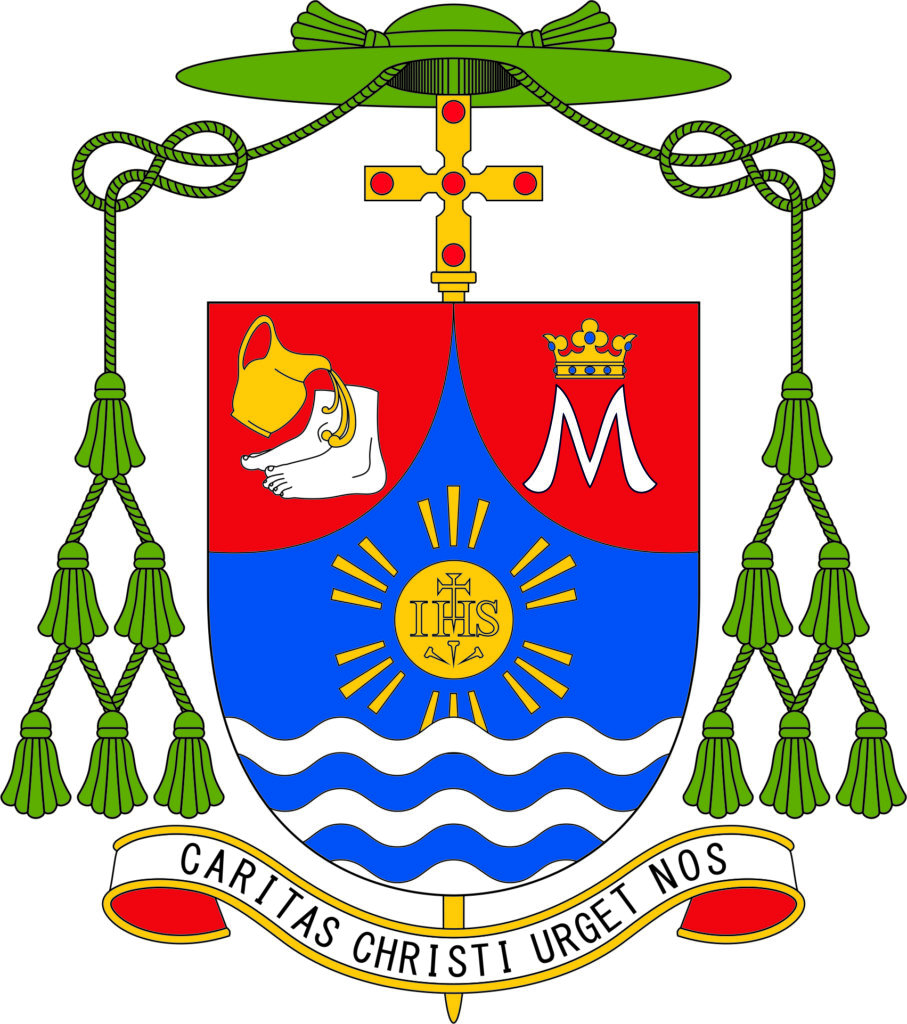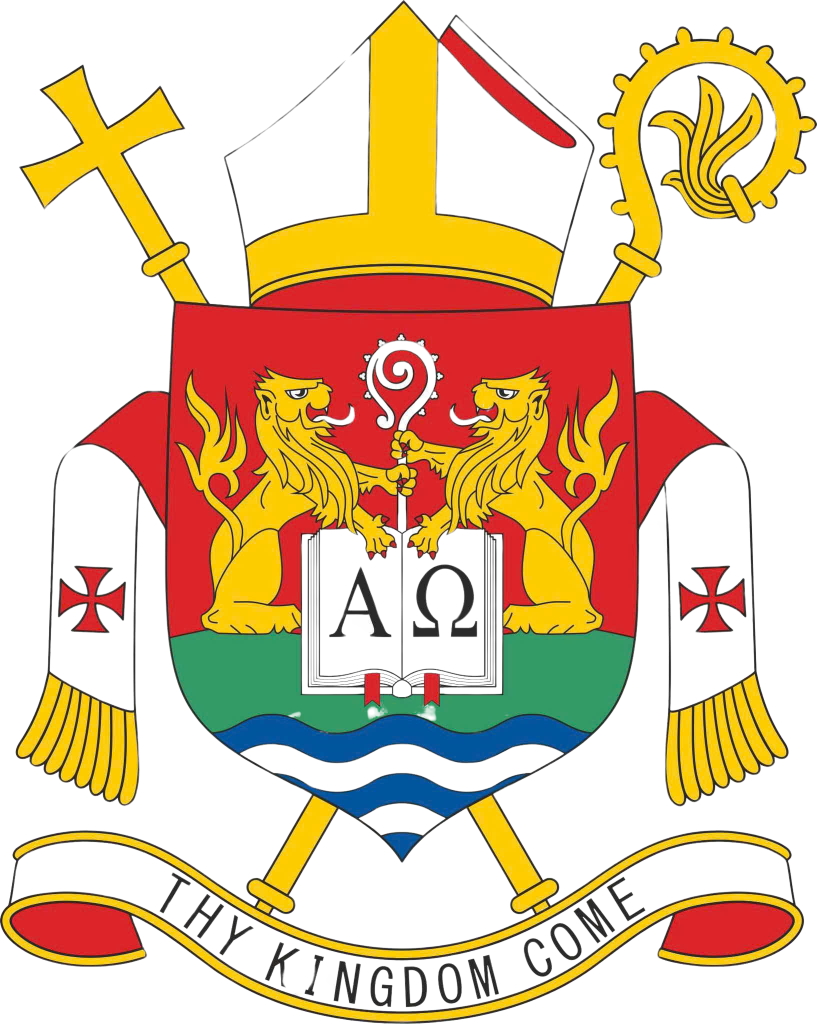The History of St. Anthony of Padua Parish, Puang (1979)
Lumi Deanery, Diocese of Aitape – Papua New Guinea
St. Anthony of Padua Parish in Puang stands as a testimony to the faith journey of the people from its early missionary roots to its current vibrant community. The journey began with the arrival of Franciscan missionaries in 1948 at Yemnu, before the parish was eventually relocated to Puang in 1983. Early Beginnings (1948–1960) The mission in Yemnu was established by Fr. Ignatius Doggety, who left La Verna in Fatima and celebrated the first Mass at Woniso with the local elders. He was granted land by the ancestral leader Anuin of Yaunak, upon which he constructed the first mission station and airstrip. Over the following years, many missionaries contributed to the growth of the mission. Fr. Denis Dopson and Fr. Ferdinand Parer helped develop infrastructure, including the airstrip. Fr. Antonin Magnani continued their work from 1951 to 1956, preaching, training bush teachers, baptizing many catechumens, and leading a pastoral journey down the Sepik River. Several local men were trained as the first bush teachers and catechists. Among them were Paulinus Wendiai, Francis Weyen, Anton Apankan, and many others. Their work laid the foundation for a self-sustaining Catholic community. Challenges and Renewed Efforts (1957–1983) The mission faced difficulties, including the Cargo Cult movement, which led to Fr. Gerald Walsh being sent away in 1957. Eventually, with support from local leaders, missionary presence resumed. Between 1959 and 1983, several priests—Fr. William Rowell, Fr. Matthias Conway, Fr. Hepert, Br. Gerry Hill, and others—worked in Yemnu. They provided pastoral care, medical aid, and catechetical training. Notably, Br. Gerry established a small health facility. In 1968, Fr. Greg Bourge returned, working as both parish priest and local council advisor. He helped initiate cultural changes, encouraging villagers to replace traditional clothing with laplaps. Later priests included Fr. Bill William, Fr. George (Italy), Fr. Marco (Italy), and Fr. Geitano, who expanded the mission’s outreach. Establishment of Puang Parish (1983–2004) Fr. Geitano played a pivotal role in moving the mission from Yemnu to Puang. With the support of local landowners, he built essential infrastructure—priest’s house, church, classrooms, and teachers’ houses. In 1985, he established a vocational training center in Puang with the help of Mr. Tedros from Petford Company and several international lay missionaries: Ken (Canada), Peter Hafliga (Switzerland), and Mario Sarita (Philippines). They trained young men in mechanics, carpentry, plumbing, welding, and other trades. Some notable students included Francis Wangi, Leo Nauyen, Sebby Eremai, Hugo Pinu, and Raphael Watowai. These initiatives greatly empowered the youth and community of Puang. In 2003, a health center was established by Anton Kosi with support from Italian donors and was later handed over to CBC Health Services. Fr. Geitano passed away in October 2004 after suffering a stroke. Honoring his wishes, he was buried in Puang, where he had devoted 25 years of missionary service.
Recent Developments Since Fr. Geitano, several priests have served the parish: 1. Fr. Andrew 2. Fr. Marian (3 years) 3. Fr. Daniel Kwarkla 4. Fr. Zachary Sarim 5. Fr. John Bosco (6 years) 6. Fr. Lukaz, OFM 7. Fr. Philip Pagolu, OFM (5 months – caretaker) 8. Fr. Thomas, HGN (current)
Geography and Structure St. Anthony of Padua Parish is located roughly 15 minutes on foot from the Sepik Highway. Nestled on a small mountain, the parish comprises 5 villages across 3 wards. It includes three outstations—St. Joseph, St. Paul, and St. Francis—and five centers offering services such as elementary and primary schools (Puang and Yemnu), two aid posts, and a sub-health center. Declaration of Land Ownership Mr. James Patin, a descendant of the Puang clan, officially declared that the Yawitanuk area, where the mission is now located, is no longer customary land but state land, acknowledging the historical land arrangements made by Fr. Geitano.

